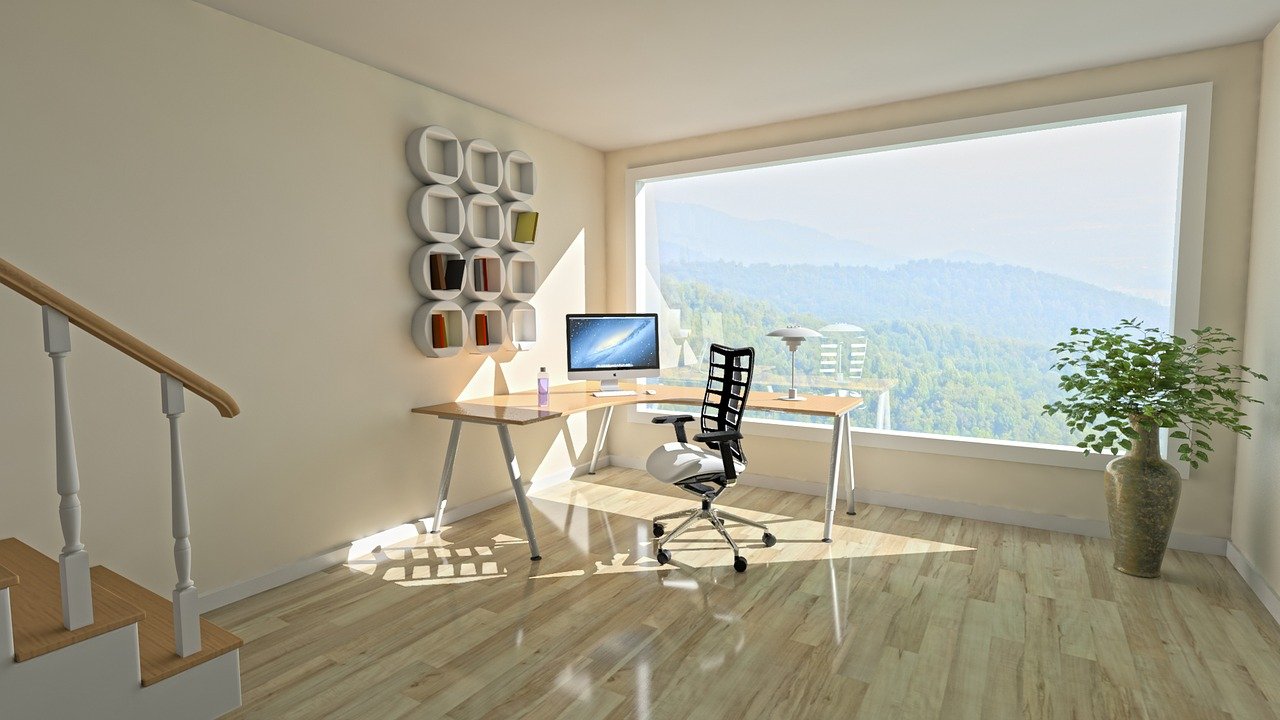The Three Best Types of Hardwood flooring for Different Australian Climates
Hardwood floors have been popular in construction for centuries. They represent some of nature’s best materials that contribute to the way humans live, even in the modern world. However, natural resources tend to react to other natural elements, such as the climate. The heat, cold, dryness, or humidity of a place can either complement the hardwood flooring in a home or bring detriment to it. So, how do you ensure that you choose the right type of hardwood for your property? This blog is here to help you with that.
What Kind of Climate Does Australia Experience?
Australia is unique for many reasons, but chief among them is the fact that it’s the only continent-come-country in the world. Due to its vast size, the landmass spans across a range of different natural biomes with different climates. From hot, dry deserts to mild and rainy climates or humid, tropical beach areas, the weather offers a bit of everything. When it comes to choosing a type of hardwood that’s ideal for the climate, it will depend on where you live.
The Top Options for Hot & Humid Climates
● Hickory
The element that makes hickory one of the best hardwoods in a humid climate is its density. This protects it from cupping and crowning around the edges, developing cracks, and detaching from the subfloor. It can be installed easily if bough in pre-cut floor planks.
Steps involved with installing hickory flooring
- Choosing your ideal material
- Preparing the installation area
- Preparing the subfloor
- Getting the vapour barrier
- Installation gets laid out
- The hickory wood flooring is installed
- Time to fill, finish and trim out the floor
● Bamboo
Technically, bamboo isn’t a hardwood - it’s a type of grass. However, it’s a popular choice for flooring because of its wood-like characteristics. Bamboo can scratch easily, but if you have light traffic and your installer treats the floor planks adequately beforehand, you should be fine.
When installing bamboo flooring, make sure that the subfloor is clean, dry and level. It is also vital to check for any moisture in concrete subfloors, using a concrete moisture meter. Depending on the type of bamboo flooring you’re installing, the installation will differ.
When looked after carefully, sanding and re-sealing your bamboo flooring will not be necessary. As time goes by, however, when you want to give your flooring a facelift to liven it up, or even to remove stains, you can refinish it. Keep in mind, though, that you will need to sand and refinish the entire area and not just a portion.
The Top Option for Mild & Rainy Climates
● Teak
Whether you want to install an indoor floor or a deck in a rainy part of the country, you’ll be hard-pressed to find a better hardwood for this climate than teak. It’s naturally oily, which makes it water-resistant and protects it from damage caused by pesky insects as well.
Are you thinking of finishing your teak flooring? With bare teak, applying many thin coats of oil to penetrate and seal the wood is a start. After that, add turpentine to the first coat so that it soaks into the flooring and lightly sand it before applying the second coat.
Speak to a Professional Before You Decide
While the information in this blog can come in handy, this page is not long enough for us to go into the finer details. Choosing the right type of hardwood floor for your home is something you should invest time and resources into. With the help of a hardwood flooring expert, you’ll be sorted in no time. Get in touch with a professional on Flooring Domain.

